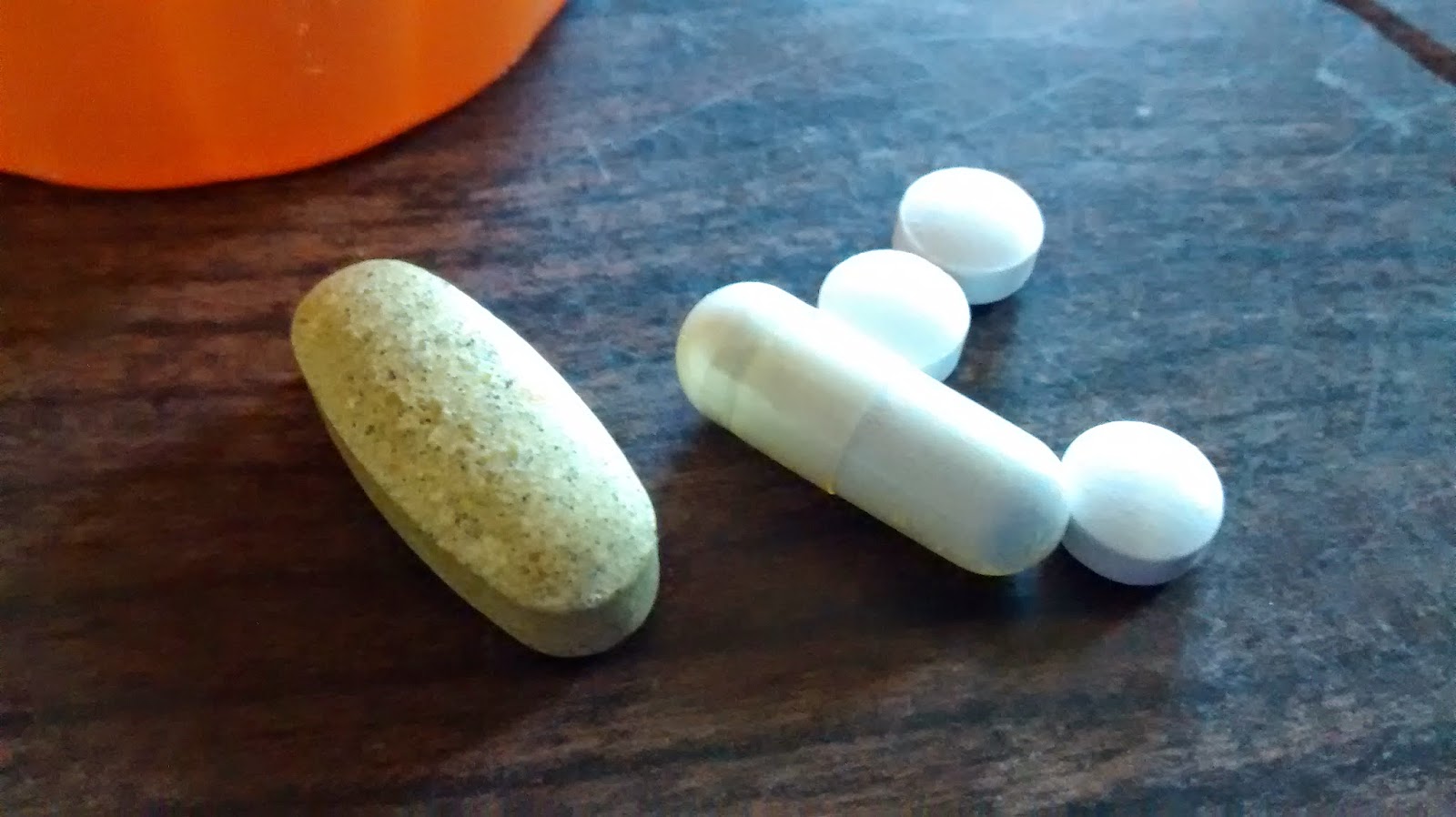I take 5,000-10,000 IUs a day and my blood levels recently tested around 40, which is considered sufficient (although maybe not optimal according to some research…there is a wide variety of what is considered enough). Many local friends report experiencing the same thing.
These are the ideas I've run across lately could help people get optimal blood levels of Vitamin D without having to add more supplements.
- Live further south. This Harvard Study says that people living further north than the 37th parallel make little to no Vitamin D from the sun, except in the summer. It has to do with the angle of the sun, not necessarily how many minutes you spend outside. So if you live north of San Francisco, you are likely to need a good supplement in the fall/winter/spring. If you are looking for an excuse to take a winter vacation to somewhere warm and sunny, this might be it! Take me along too. Time outside can also help during the summery parts of the year.
- Take Vitamin D with your largest meal: The fat in the meal helps the Vitamin D be absorbed. Participants in a study saw 50% more benefit from their supplements when they took them with their largest meal. I currently take all my vitamins with breakfast, so if I remembered to take them with supper I'd probably be better off.
- Get enough magnesium: Magnesium has a lot of roles in the body. A lot of people do not get enough from their diet, and some medications, including types of antibiotics and birth control pills, tax the body's magnesium reserves. Being short on magnesium has effects such as muscle cramps, blood sugar problems, and sleep disruptions. Being low in magnesium and Vitamin D is also associated with preterm labor. Magnesium is needed for Vitamin D and other vitamins and minerals to be used in the body; they all work together. Some people report side effects like headaches when taking large doses of Vitamin D, and this is likely because absorbing that much Vitamin D into the body uses up a lot of the available magnesium, leaving the person feeling yucky. Leafy greens, whole grains, and nuts and seeds are good food sources, and it can be taken in supplement form as well.
I get teased by a certain person about my "old person" pile of vitamins in the morning, so I might try following tip #2 and taking Vitamin D with a larger meal and keep the dose the same or slightly smaller.
Don't know if I'll be remeasuring levels to get any official results, but it might be interesting to try anyway!

